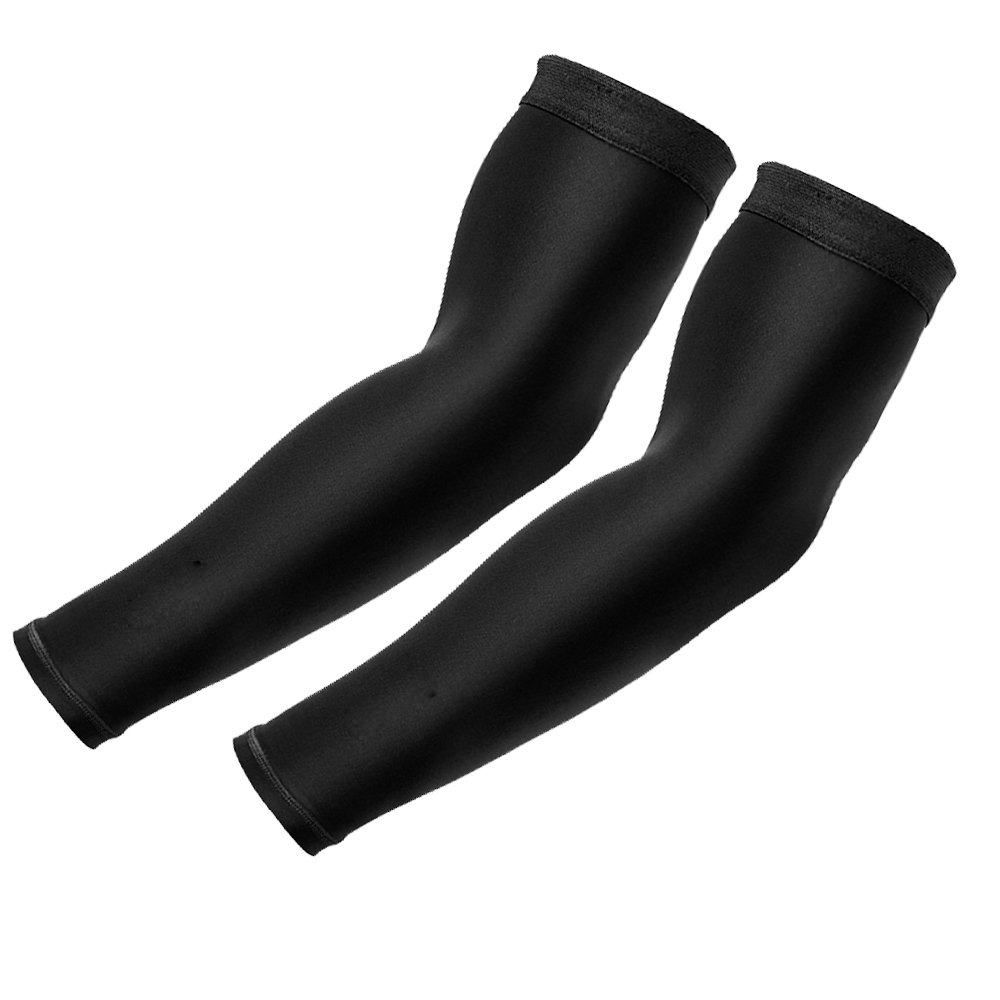
Leading lines are visual elements that pull the viewer’s eye toward a subject or focal point. In order to preserve a feeling of space and dimensionality, a photographer has to be aware of what’s in a shot and how they’re focusing on it. Photography flattens three dimensions into two. Work with leading lines, focus, and depth of field.“You really get a sense of it as you look at things.” The more you work, the more familiar you get with how elements of an image work in concert with each other. “Balance isn’t something you can teach people,” says Long. Like having a feel for aesthetics or good intuition about images, recognizing balance comes with practice. “The majority of the time we like a sense of fluidity with the image.” Things on the left correspond with things on the right, and perhaps they circle around something in the middle. “When a photograph is out of balance it provides uneasiness,” says Long. Unbalanced photos can look disorienting or amateurish. “If I want something to pull more visual weight, increasing its saturation or its luminance can be useful.” “The saturation of certain hues is really going to pull your eye,” says Long. Loud or vivid colors often demand attention and disrupt or complicate. “If you have a really complicated photo with a lot of stuff going on, it can cause us to respond by drawing parallels,” says Long, “which can be kind of invigorating, confusing, and aggravating in a good way.” A viewer’s eye will likely scan the picture, looking for a point of interest and something else in dialogue with that point - an obvious subject might be balanced on the other side of the image by negative space.

Rather, the various quadrants of the image complement each other in aesthetically pleasing ways. A balanced image doesn’t necessarily look the same right-to-left or side-to-side. A photo with an interesting element in only one section likely won’t be as successful as a photo that’s interesting top-to-bottom and side-to-side.īalance is related to, but distinct from, symmetry. “You want to move your eye around that image and find things with that trio,” says Long. This tends to allow for more interesting images than simply centering a subject. In order to create balance and flow within the image, compositional elements should be placed where these lines of the grid intersect or segment your image. It involves evenly dividing the frame between two equally spaced horizontal and vertical gridlines, creating a three-by-three grid. The rule of thirds is a way of dividing frames for optimal composition.


 0 kommentar(er)
0 kommentar(er)
